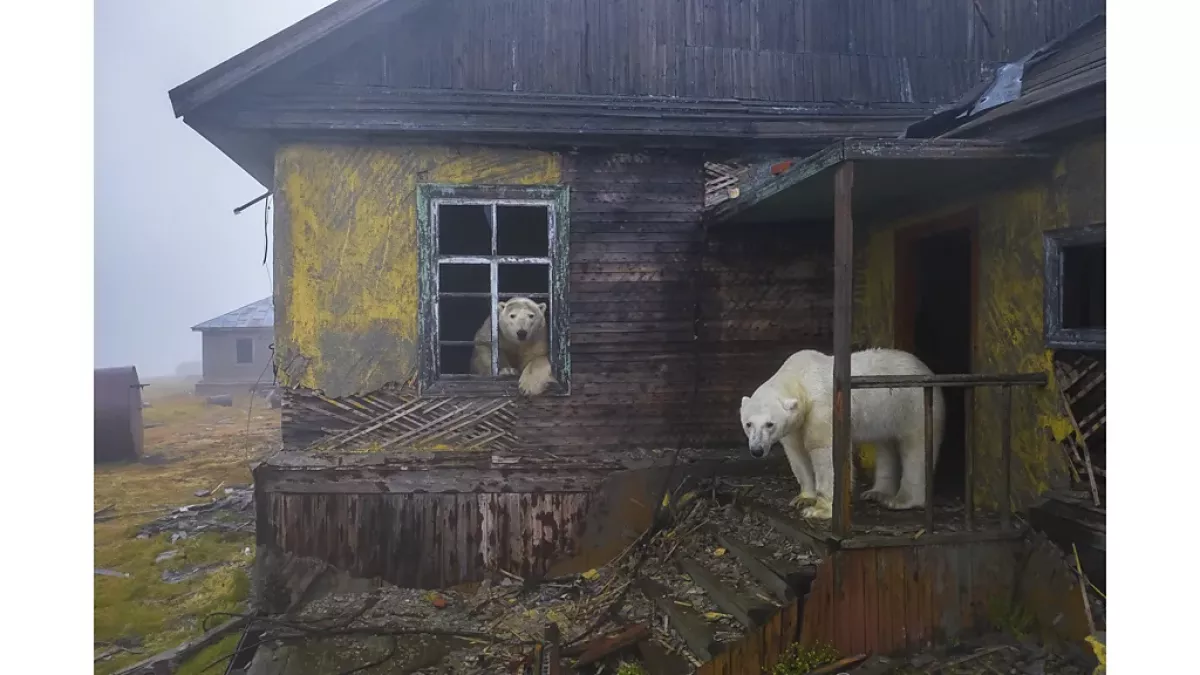Iconic photo of polar bears in Russian ruins sparks global concern
A stunning photograph of polar bears roaming through abandoned Soviet-era buildings on a remote Russian island has captured the world’s attention—and raised urgent questions about the changing behavior of these majestic creatures.
In September 2021, Russian wildlife photographer Dmitry Kokh captured an iconic image of polar bears in abandoned buildings on the remote Kolyuchin Island, a discovery that shines a light on changes in their behavior due to climate change. Kokh and his team were navigating the Chukotka Peninsula in Russia’s far northeast when they sought shelter from a powerful storm on the uninhabited island, home to a dilapidated Soviet-era weather station. To their surprise, they spotted 15 to 20 polar bears roaming the island—a far southward sighting for the species.
"We were super surprised because we never expected to meet polar bears so far to the south," Kokh said, explaining that at that time, they should have been on sea ice or Wrangel Island. Using a drone, Kokh captured images of the bears, including one bear peering through a window. Titled House of Bears, the photograph won him the prestigious Wildlife Photographer of the Year award.

This unexpected encounter draws attention to a broader trend observed by experts. According to Tom Smith, a professor of wildlife sciences at Brigham Young University, the loss of sea ice due to climate change is forcing polar bears to spend more time on land, scavenging human waste in Arctic settlements. "They are fatefully drawn towards human settlements," Smith explained. As polar bears are no longer able to rely on their natural diet of seal blubber, they turn to land-based food sources, often leading to conflicts with humans.
A 2022 study noted that some Arctic communities have seen alarming numbers of polar bears gathering at rubbish dumps, with instances such as 60 polar bears invading a Russian village in 2019. While polar bears prefer the sea ice, the lack of it is driving them closer to human habitation, creating dangerous encounters. As their behavior shifts, the future survival of the species remains uncertain, as they are increasingly forced to adapt to an environment that no longer supports their traditional way of life.
By Naila Huseynova








